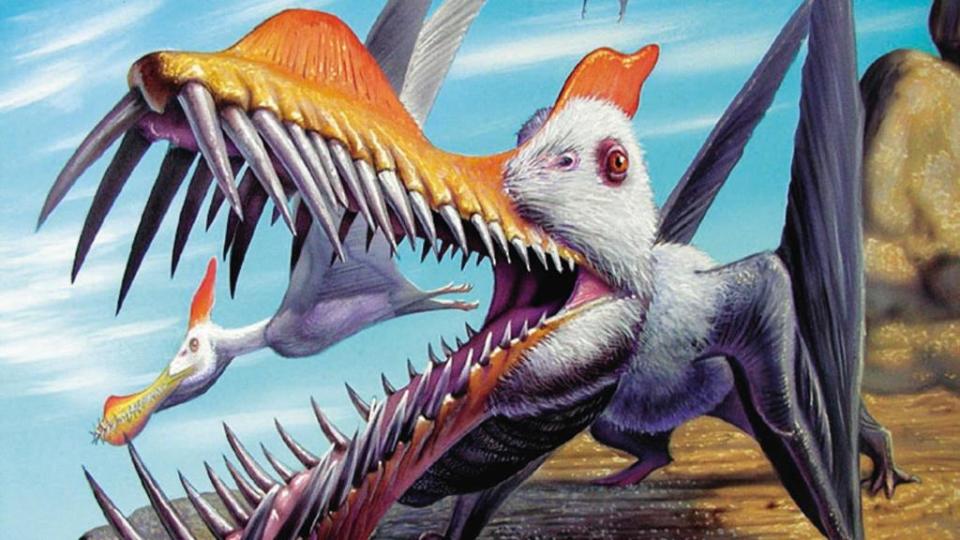 Rob Waugh
Rob WaughAsteroid may not have wiped out dinosaurs: New evidence is found in crater
New evidence found in an 125-mile-wide crater in Mexico hints that the asteroid could not have ignited global firestorms - so did something ELSE kill the dinosaurs?

The dinosaurs might NOT have been wiped out by an asteroid, scientists believe - although we should point out that it's still unlikely that any are living on in an equivalent of Jurassic Park.
Scientists analysed the huge, 125-mile-wide impact crater in Mexico thought to have been created by the asteroid that wiped out the dinosaurs, and have cast doubt on the theory that the impact led to global firestorms.
The firestorms are a key part of one idea about what happened 66 million years ago, when an asteroid about six miles wide smashed into the Earth.
Researchers from the University of Exeter, University of Edinburgh and Imperial College London recreated the immense energy released from an extra-terrestrial collision with Earth that occurred around the time that dinosaurs became extinct.

They found that the intense but short-lived heat near the impact site could not have ignited live plants, challenging the idea that the impact led to global firestorms.
These firestorms have previously been considered a major contender in the puzzle to find out what caused the mass extinction of life on Earth 65 million years ago.
The researchers found that close to the impact site, a 200 km wide crater in Mexico, the heat pulse - that would have lasted for less than a minute - was too short to ignite live plant material.
Recent research by MIT also suggested that the events may have been more complex than a simple asteroid strike wiping out all life on our planet.
Rocks from the era show evidence of a massive volcanic eruption just before the impact – which might have contributed to the dust cloud that blocked out the sun and changed life on Earth forever.
The poison-spewing volcano began erupting before the asteroid hit, and was still erupting long after.
The University of Exeter experiments were carried out in the laboratory and showed that dry plant matter could ignite, but live plants including green pine branches, typically do not.
Dr Claire Belcher from the Earth System Science group in Geography at the University of Exeter said: “By combining computer simulations of the impact with methods from engineering we have been able to recreate the enormous heat of the impact in the laboratory.
[ Bad news, arachnophobes - spiders can COUNT! ]
'This has shown us that the heat was more likely to severely affect ecosystems a long distance away, such that forests in New Zealand would have had more chance of suffering major wildfires than forests in North America that were close to the impact.
[ Antarctica drilling team break through into ‘lost world’ under the ice ]
'This flips our understanding of the effects of the impact on its head and means that palaeontologists may need to look for new clues from fossils found a long way from the impact to better understand the mass extinction event.'
The results of the study are published in the Journal of the Geological Society.
[ The family Ness: The world's scariest lake monsters ]
The research was supported by a European Research Council Starter Grant, a Marie Curie Career Integration Grant, the Leverhulme Trust, the EPSRC and the Austrian Science Fund.

 Yahoo News
Yahoo News 